- in Personality by Tony
- |
- 2 comments
Sexual Orientation
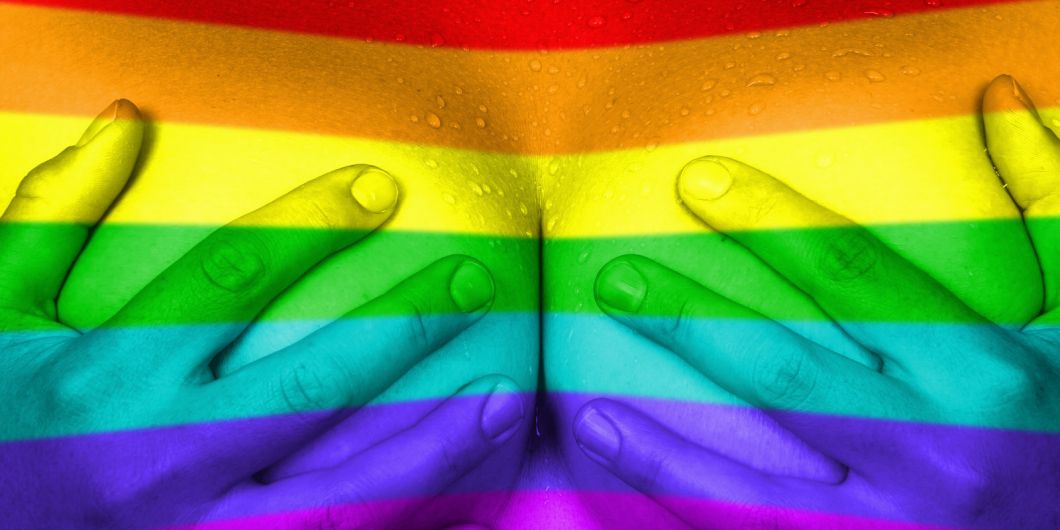
What is sexual orientation?
It’s more than simply identifying yourself as a male or a female; it is a complex, multidimensional concept that varies considerably from person to person.
Gender identity is a separate matter from sexual orientation.
While heteronormativity is an ideology in the assumption that everyone is straight, being the most natural, sexual orientation, lesbian, gay, and bisexual are also possible.
There are many heteronormative expectations regarding gender expression:
- Females are generally expected to wear makeup, males are not likely to wear dresses, etc.
- Sexual orientation is a person’s sexual and romantic preference for a particular gender or genders.
More...
Here are some common questions you may have about your sexual orientation:
What are the different types of sexual orientation?
The most commonly discussed categories of sexual orientation spectrum are:
- Heterosexual: attraction to persons of the opposite sex.
- Homosexual or gay/lesbian (the preferred terms): is an attracted to a person of the same sex.
- Bisexual: attraction to both men and women.
-
Asexual: not sexually attracted to either men or women.
Heterosexuality, homosexuality and bisexuality are the three major categories of sexual orientation; asexuality is occasionally included.
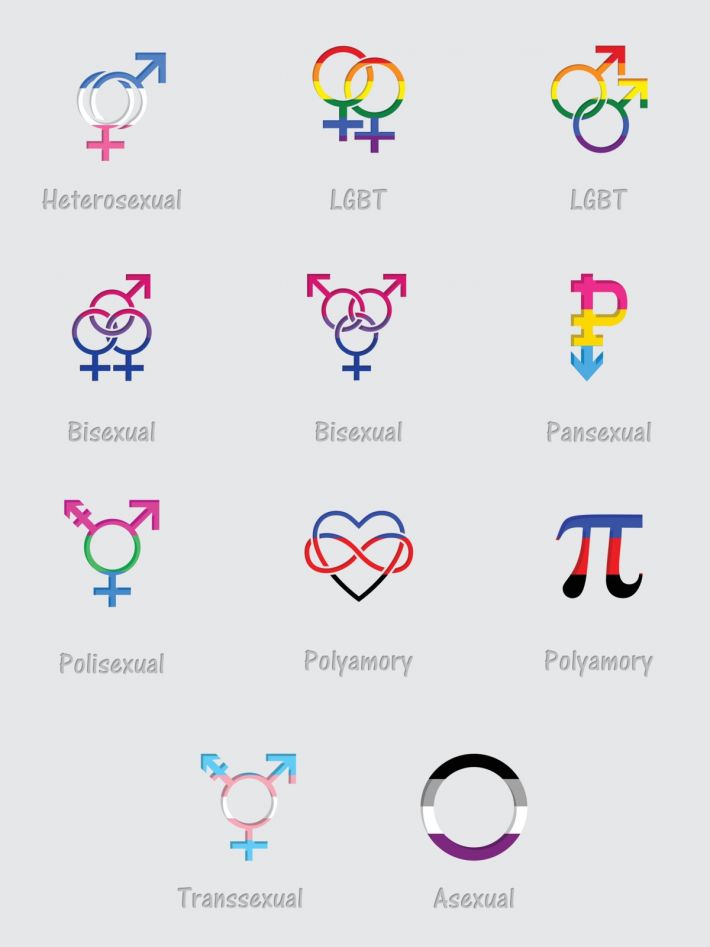
Gender identity
Gender is used to describe the characteristics of men and women that are socially constructed, while sex refers to those that are biologically determined.
Individuals are born male or female but learn to be boys and girls who grow into men and women, and this learned behaviour makes up their gender identity and determines gender roles.
(The WHO gender policy, 2002).
Gender identity, and sexual orientation, are two very different things. Gender identity refers to a person’s sense of self, which may not correspond to the sex assigned to them at birth. Many individuals are identified as male or female, while others may not feel they fit into this particular category.
Identities that are not binary are commonly referred to as nonbinary. These individuals do not conform to any of the established social roles for men and women.
In addition, the overlap between gender identity and sexual orientation is often confusing for individuals and people seeking support.
For example, author Diane Ehrensaft relates the case of a teenage client who self-identified as a gay boy and an androgynous man. The experience of this young person is both dramatic and complex.
But the underlying theme is the same: gender identity and sexual orientation are fundamentally different, and they often disagree.
As a result, transgender and intersex individuals may encounter social and legal barriers. Obtaining a legal ID and gaining access to public benefits may be difficult, particularly for people whose genitalia are not matched by anatomical sex.
Some states allow transgender people to change their name to reflect their post-operative gender, but may not recognise the applicant as someone of the same gender in other areas.
Sexual Gratification & Diversity
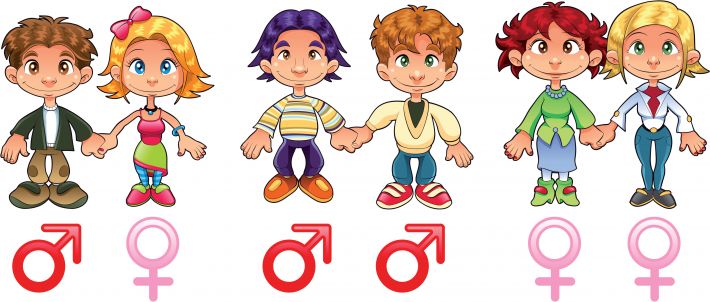
Heterosexuals
Heterosexuals and homosexuals and same-sex attraction are closely related to their reproductive potential. Both groups engage in sexual activities with the opposite sex, but in terms of a higher percentage, homosexual men are less likely to father children than heterosexual men.
Researchers found that plasma sex hormone levels were not associated with sexual preference in mice. Sexual orientation is independent of sex hormone levels in their plasma. Heterosexuals do not engage in more sexual activities with the opposite sex as homosexuals do.
Some researchers studied this question, and they found similarities in the lives of gay and lesbian children from four countries. The findings suggest that both sexual orientations are biologically determined.
In addition, the researchers found that differences in family size, gender roles, and cross-dressing between heterosexual men and lesbian women did not affect the likelihood of having children.
Some may believe that sexual orientation does not change over time, but can be defined by the social structure that a society has. While there is no clear genetic cause of sexual orientation, studies show that environmental factors and biochemical mechanisms during development may influence it.
For example, the shared blood circulation in a common placenta (Latin chorion is Latin for placenta) may favour a monochorionic (shared placenta) twin over a dichorionic (two separate / own equal placenta in pregnancy) twins, altering sexual orientation.
Interestingly, some studies suggest that monochorionic twins have a higher percentage of identical twins than dichorionic twins.
Homosexuality
Homosexuality has existed in all civilizations, but societal disapproval and cultural taboos have negatively influenced its recognition. Homosexuality is a romantic or sexual allure or behaviour between members of the same sex or gender. It is when a person is attracted to a person of the same sex, whether male or female.
A significant percentage of youths identify themselves as homosexual, or are confused about their sexual feelings.
The term ‘homosexual’ was first used within the Victorian era, which regarded same-sex attraction and sexual behaviour as a mental disorder or moral deficiency symptom.
Psychologists can help young adults who are sexual minorities to reach their full developmental potential. Therapeutic interventions may change the acceptability of homosexual feelings among LGBTQ youth. By supporting healthy development and honest self-discovery, clinicians can help a young person’s emotional and psychological health.
These youths may be victims of bullying or family rejection. However, some underlying factors contribute to the development of homosexuality among youths, including family rejection and peer pressure.
Homosexuals are commonly termed lesbian for females and gay for males; however, gay is now generally used to refer to both males and females, e.g. the gay community, gay rights, gay pride, etc.
bisexual

Bisexual is a term used for people who get sexually attracted to both males and females.
Among bisexual females, an increased prevalence of risky alcohol use and lifetime sexual partners were the most common risk factors for sexual victimisation. Bisexual women are more likely to experience sexually inappropriate or unwanted acts than their heterosexual counterparts.
Nevertheless, bisexual women experienced double the rate of sexual victimisation than heterosexual women. Although these findings may suggest that bisexuality is not an intrinsically harmful orientation, they must be interpreted cautiously.
Although the emergence of a sexual minority in recent generations may have been influenced by the increased visibility of lesbian and gay role models, few studies have compared the experiences of lesbian and bisexual women during the core process.
Previous studies have not addressed bisexuality specifically, combining bisexual men and women in the same group, and they also examined bisexual participants and their gay and lesbian counterparts.
So far, the research has found that coming out experiences can be a helpful predictor of positive outcomes for women and men.
Definition: A person who has sexual attraction or sexual behaviour to the members of the same sex or gender.
Includes: The people who get attracted to the same sex.
Applies to: Both, males and females.
Discrimination: Gay bullying is the most common discrimination. It can be the verbal or physical abuse against a person who is perceived by the aggressor to be lesbian, gay, bisexual or transgender.
Sexual Relations: With the people of same sex/gender because they feel more comfortable with partners of the same sex.
Gender Dysphoria
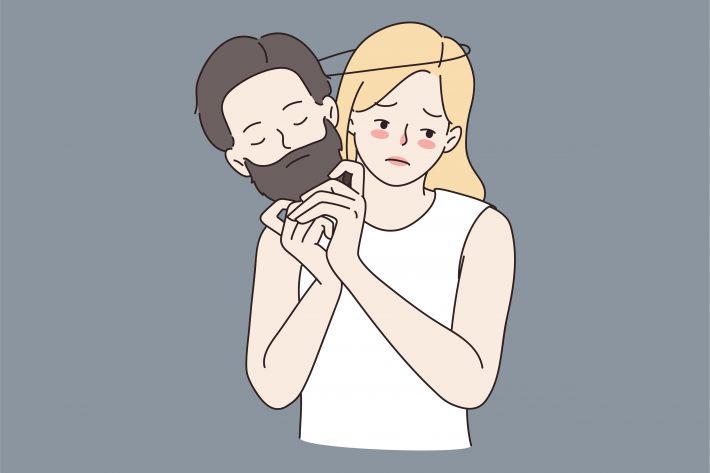
Gender Dysphoria (alternatively known as gender identity disorder) is the name given to the feeling of discomfort or distress that a person may associate with living a lie as the gender allocated to the person at birth.
Support group sessions allow adults to meet with other individuals who are also experiencing Gender Dysphoria problems.
These sessions usually include people at various stages of the transition process, so they are beneficial for newly diagnosed individuals.
Transsexual
Transgender people have a gender identity or gender expression that is different from those culturally associated with their assigned sex. Some transgender people who desire medical assistance to transition from one sex to another identify as transsexual.
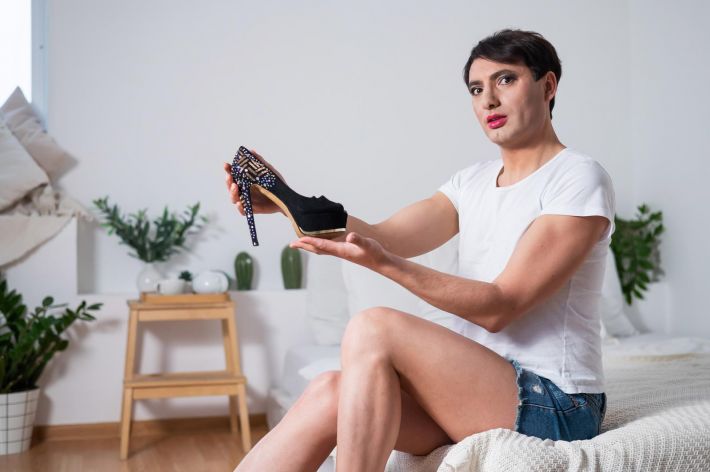
The term transgender is also distinguished from intersex, a term that describes people born with physical sex characteristics "that do not fit typical binary notions of male or female bodies". The opposite of transgender is cisgender, which describes persons whose gender identity matches their assigned sex.
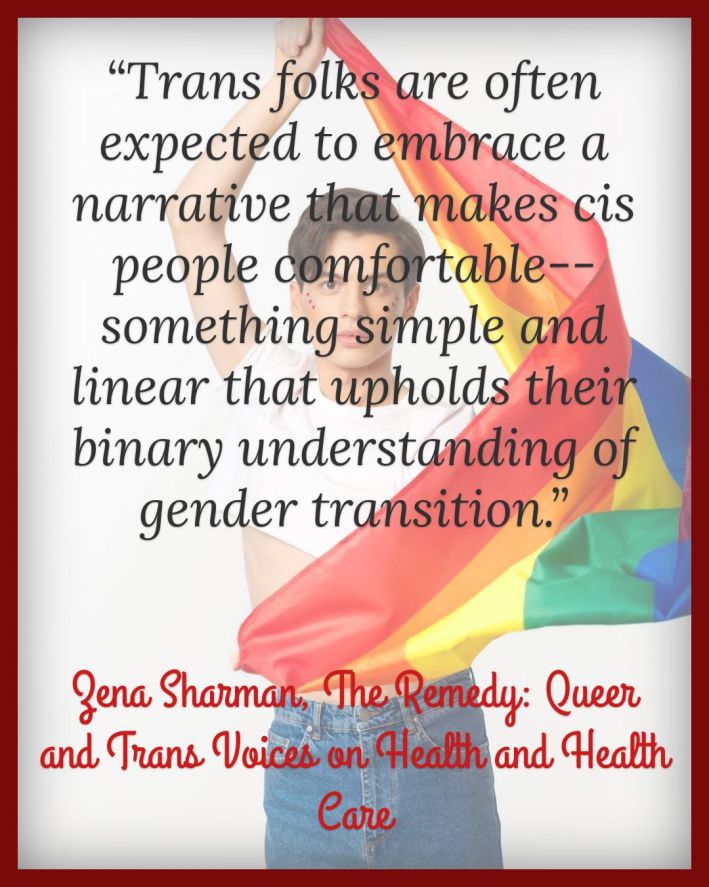
How do you define cisgender?
What does cisgender mean? The term was coined in the late 1990s and refers to someone who identifies themselves as the sex they were born with. For example, a man who feels he was born female would identify himself as a woman. Or, a person who says they were born male would say they are a man.
Cisgender people often face discrimination because society has labelled them as either men or women. As a result, many transgender and nonbinary individuals choose not to disclose their gender identity publicly. They may also feel uncomfortable or even unsafe at school or at work.
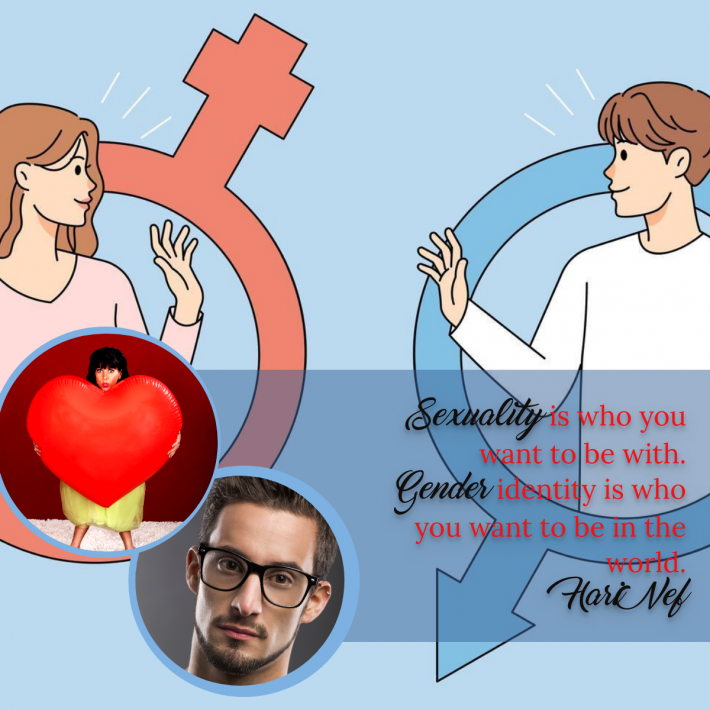
Queer

The word 'queer' originally meant "strange" or "peculiar," and throughout history, it has been used as a derogatory term to refer to people who aren't straight or heterosexual.
This is a concept traditionally used to talk about sexual minorities; in other words, those who break heteronormative ideas (that don't fit the traditional gender binary).
LGBTQ
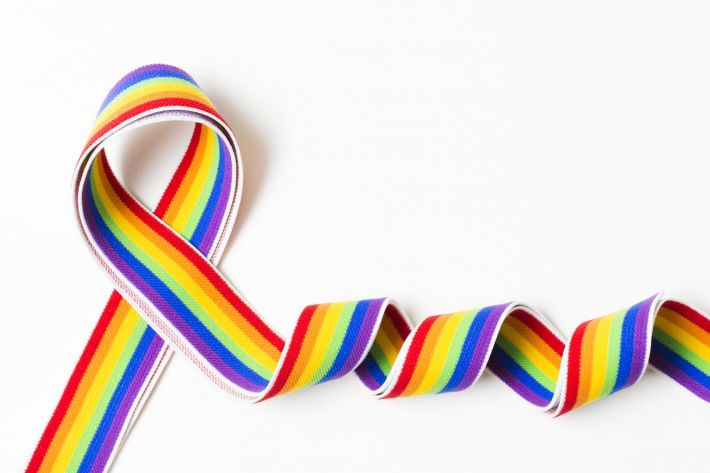
The lesbian, gay, bisexual, transgender, and queer or questioning (LGBTQ) community includes individuals of every gender, sexual orientation, race, ethnicity, education level, geography, and disability. They are committed to affecting change and uniting our rich diversity.
But we can’t get there alone. Here are a few things you should know about the LGBTQ community. These people share a common goal: to make their communities a better place for everyone. And they can do that by coming out publicly and making their sexual orientation and gender identity more visible.
Stigma against this community is prevalent in American culture, but it varies by region, and there is limited research on this issue in the South. While the sociopolitical climate has improved for other sexual minorities, Southerners remain subject to the persistent stigma around their sexual orientation and gender identity.
These participants shared an experience of internalising negative messages about their sexual identity. Moreover, they experienced structural stigma in the Southern region, mainly from the political system and religion.
There are a number of tools, like the Sexual Orientation, Gender Identity and Expression (SOGIE), Assessment Tool to measure an individual’s sexual orientation, categorising them into heterosexual, homosexual, bisexual, and asexual. Psychologists can use these tools to assess the sexual orientation of their patients.
Further research can help standardise this tool for different populations and cultural settings. The researchers should also consider their own as well as the sociodemographic background of the participants to get a more accurate representation.
One flaw within these tools that researchers in each case impose their own categories of sexual orientation on the participants, trying to fit individuals into their own definition of sexual orientation.
This will make it easier for them to make informed decisions about their sexual orientation and body image.
Asexuality
Asexuality and sexual orientation are not the same, and they are distinct aspects of a person’s identity and cannot be categorised as a disorder or psychiatric condition.
In most cases, asexuality is the lack of sexual attraction to others or low or absent interest or desire for sexual activity and abstinence, even though they may have a romantic attraction (homoromantic, biromantic or heteroromantic) or a non-directed libido.
While many people are asexual, others may become asexual because they are afraid of the pressure of social pressures. Asexual people in love may also feel strongly attracted to partners who do not enjoy sexual activities.
Objectum sexuality
It is an unusual psychological phenomenon in which an individual feels powerful affection toward a particular inanimate object.
Studies on Objectum-sexuality were linked to two specific neurodevelopmental traits.
- Autism
- Synaesthesia
It suggested that Objectum-sexuality may have encapsulated autism and synaesthesia within its phenomenology.
Object sexuality and Sexual objectification
Object sexuality or objectophilia is a form of sexual or romantic attraction focused on particular inanimate objects.
Individuals with this attraction may have strong feelings of love and commitment to specific items or structures for their fixation.
For some, sexual or close emotional relationships with humans are incomprehensible.
Not to be confused with Sexual objectification is the act of treating a person solely as an object of sexual desire. Objectification more broadly means treating a person as a commodity or an object without regard to their personality or dignity.
Although both men and women can be sexually objectified as a sex symbol, the concept is mainly associated with the sexual attraction of women. It is a fundamental theory in many feminist ideas, and many feminists argue that the sexual objectification of young women contributes to gender inequality. Misogyny is intrinsically linked to the objectification faced by women as male privilege.
Numerous psychologists associate objectification with various physical and mental health risks, including eating disorders and Body dissatisfaction in females, and it is also increasing within the gay community.
Western cultures promote a thin and curvaceous ideal body size that most women find difficult to achieve by healthy measures, resulting in poor body image and increased risk for eating pathology.

Sexual objectification, the act of treating a person as a mere object of sexual desire
Case study on objectophilia
It has been postulated that individuals love objects because they reflect what we value in ourselves. The first known case was in 1979.
Eija-Riitta had seen the Berlin Wall on television at the age of seven and fell in love with it. She tied the knot on her sixth visit by marrying the Berlin Wall and then taking it as her last name,—Berliner-Mauer.
Married to the Eiffel Tower

An observation documentary about women who fall in love with large objects rather than people.
They maintain intimate relationships with them, including communicating with them through telepathy.
The film suggests gently that this might be a psychological defence, as the protagonists had suffered at the hands of people.—Anonymous

Paraphilia (previously known as sexual perversion and sexual deviation) is the experience of intense sexual arousal to atypical objects, situations, fantasies, behaviours, or individuals.
Some of you may now be thinking about Fifty shades of paraphilia.
There is no scientific consensus on any precise border between unusual sexual interests and paraphiliac ones. After all, there is a fine line between perversion and normative behaviour, in which Freud states that perversions occur in relation to typical sexual objects. The paraphilias, representative of aberrant sexual patterns and behaviour to include fetishism, voyeurism, paedophilia, and necrophilia.
Synesthesia
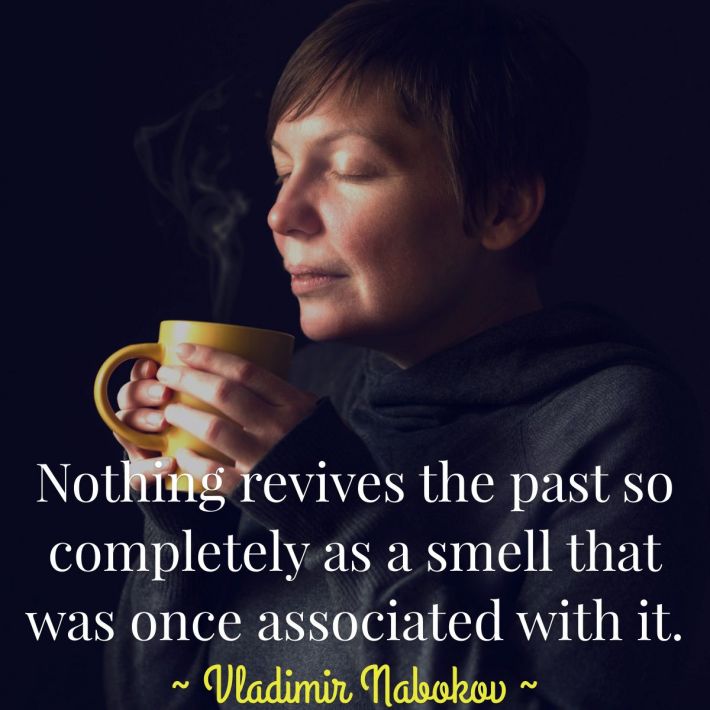
They often (though not always) think synesthesia is a gift or a 6th sense, allowing them to see the world through the integration of multiple purposes that are genuinely special. Consistency is one sign of a synesthete—for instance, repeatedly associating the same colour with sight or sound.
Approximately 3 to 5 per cent of the population has some form of synesthesia, and women are more likely to become synesthetes than men.
Synaesthesia can enhance cognitive abilities such as creativity and memory, and renowned creative minds such as Vincent van Gogh and Vladimir Nabokov claimed to have synesthesia.
Synaesthesia is a different perception of the world, where the senses are mixed. Some people hear colours, smell flavours, or see shapes based on temperature.
Hearing from people with synaesthesia can help us to understand how individual perceptions of the world differ, and how reality is a subjective experience.
Throughout history, several artists – including Vincent van Gogh, Wassily Kandinsky and Pharrell Williams – have recreated their own synaesthetic experiences in their work.
Josefa (Pepa) Salas Vilar is an artist with synaesthesia who sees colours and movement in written words, sounds, and numbers. She found the best way to express her unique perception of the world is through artistic means. "I think of synaesthesia as an intensity enhancer," she says. "I am a piece of a puzzle, and art is like I found my puzzle."
Bestiality (zooerastia)
Loss of libido
Those who have low or no sexual attraction experience what is known as libido. Loss of libido (sex drive) is a common problem that affects many men and women at some point in their life.
Some people desire a sexual encounter, while others feel it is simply an itch that needs scratching. Despite asexuality, many people experience sexual attraction and may have sex, whereas asexual people may also feel very little or no sexual desire.
While asexual people do not fall in love, they are also capable of experiencing fulfilment in relationships based on attraction. Romantic attraction means romantic involvement, while aesthetic attraction is about the physical appearance of a partner. Those with little romantic interest may be aromantic.
What is gray sexuality?
Graysexuality is the sexual preference that represents the most substantial part of the sexual desire continuum. This is a sexual orientation located between the two poles of desire: asexuality and sexuality. A graysexual person isn’t exclusively sexual or asexual.
A person who identifies as graysexual is often a person who is saying that ‘my identity—my sexual orientation—exists in the gray.
Demisexual people might experience sexual attraction often and intensely, but only with people they’re close to. Similarly, graysexual individuals might find that when they do experience sexual attraction, it isn’t necessarily with people they have a close emotional bond with.
Types of Gender prejudices
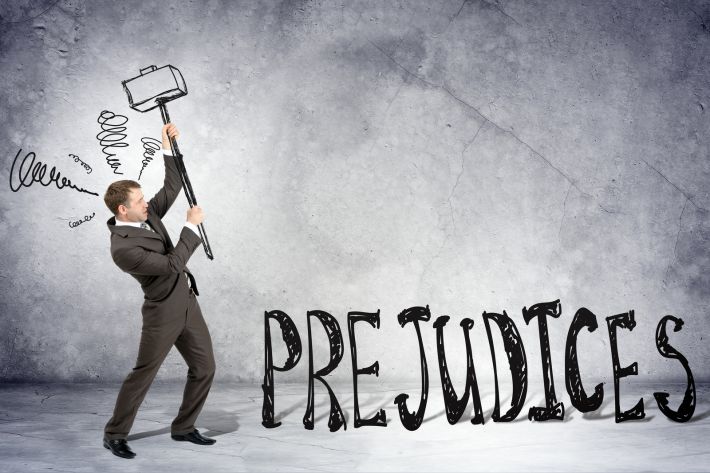
Biphobia
Bi-phobia is a fear or dislike of people who are bisexual (attracted to boys and girls), and it’s a form of discrimination.
Sometimes bisexuality is seen as being just a phase. Or that they should ‘make their minds up.
But all of these ideas are biphobic, and to understand biphobia, it is crucial to recognise the dynamics of oppression. Biphobic stereotypes are often perpetuated when we fail to challenge them.
For instance, bisexual women are often stereotyped as “closet lesbians” or straight women “going through a phase”. Both of these are simply not true.
Bisexual women do exist and can be viewed as valuable and worthy. However, they face discrimination and harassment because of their orientation.
Biphobia can manifest in various ways, including stereotypes and jokes about bisexuality. This kind of discrimination affects bisexuals outside the LGBTQ community. Many bisexual people are excluded from LGBTQ spaces and rendered invisible in LGBTQ conversations. They may be mistaken for straight based on their current sexual partners, negatively affecting their mental and physical health.
While biphobia and homophobia affect only one part of a person’s identity, the psychological effects of these social phobias can be immense. The fear of discrimination can affect an individual’s self-esteem, interpersonal relationships, and even physical health.
Furthermore, homophobia and biphobia can negatively affect the psychosocial well-being of bisexuals. Therefore, they must be treated equally with the homophobic and heterosexual communities.
Transphobia
Homophobia is when someone is scared of or dislikes gay/homosexual people.
Transphobia is when someone is afraid of or dislikes transgender people.
The term transphobia has become a common derogatory term for individuals who identify as transgender individuals. It can refer to several situations, such as purposely outing someone who is trans.
Intentional outing shows a lack of respect for the individual’s privacy and safety, while accidental outing may be done with good intentions. Transphobia is also related to the stigmatisation and discrimination of lesbian, gay, bisexual, and transgender people.
Transphobia is rooted in the belief that gender is a binary concept and that one should behave following the ‘correct’ gender. This belief often leads to a cycle of bullying and physical abuse. It also makes it harder for trans people to access medical treatments and can worsen their pre-existing health conditions.
Almost half of all transgender people experience verbal or physical abuse. Over sixty-seven per cent of trans people have experienced refusals of medical treatment.
When confronted with a person harassing a trans person, speak up and take their word. Please don’t make it seem like a big deal; the person might have no idea what they were doing, but bystander intervention may result in the person being able to leave the situation safely.
If the transphobic individual is transphobic and is not making any attempts to change, you can interfere by starting a conversation. If the trans person refuses, try to educate yourself about the trans community.
Heterosexism
Heterosexism is when people believe that straight (heterosexual) relationships are the ‘norm’ and are better than LGBTQ+ relationships. Heterosexism is a form of discrimination.
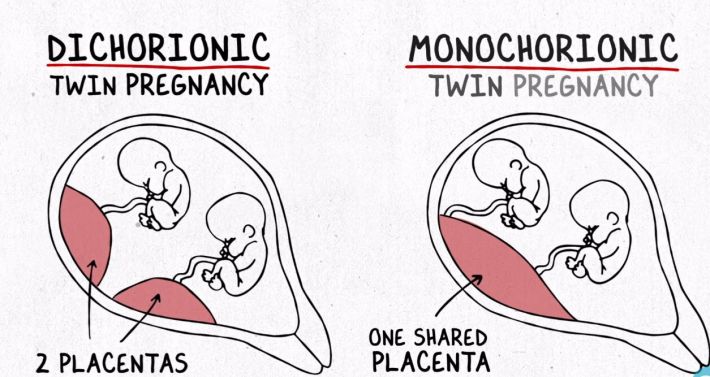







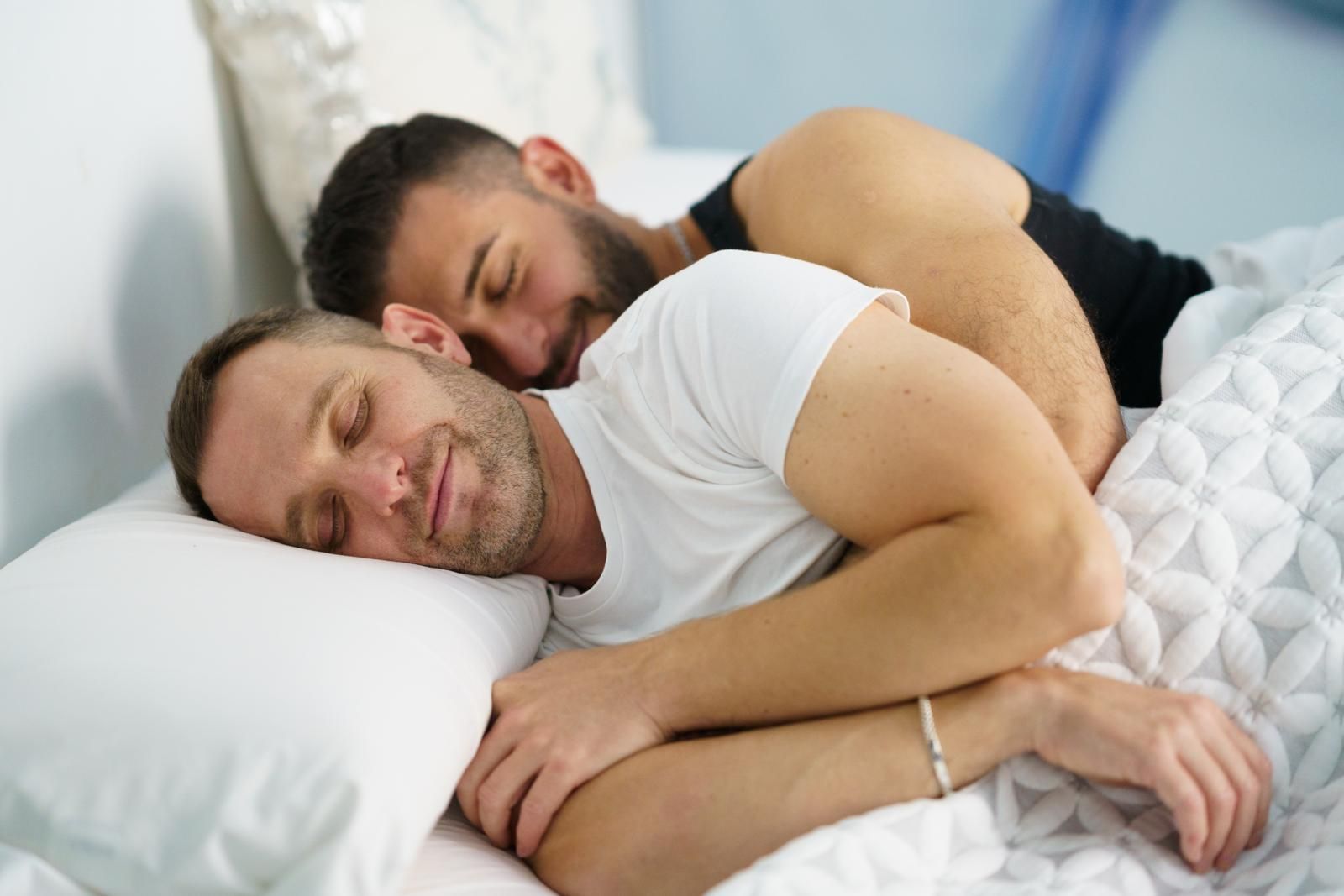






[…] voice, or self-talk, combines conscious thoughts with unconscious beliefs and could be somewhat prejudice, providing a way for the brain to interpret and process those experiences you encounter daily, it […]
[…] The military psychiatrist tells Klinger he will not sign the Section 8 psychological paperwork for him, but that he will file a declaration that permanently labels Klinger as "a transvestite and a homosexual." […]